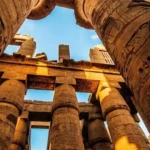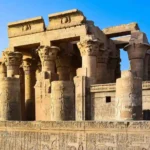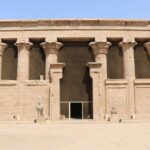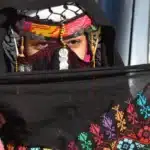Deep in the desert west of Luxor lies a place that has fascinated explorers, archaeologists, and dreamers for centuries — the Valley of the Kings.
This silent canyon, carved by time and wind, holds the resting places of Egypt’s mightiest rulers — men who commanded empires, built monuments, and believed death was only the beginning of eternity.
Yet, for all the fame surrounding Tutankhamun and his glittering treasures, the ancient Egypt Valley of the Kings still hides countless secrets. Some tombs remain unexcavated. Others are too fragile or sacred for visitors. And every discovery — whether a painted wall, a lost inscription, or a single tool — adds a new verse to Egypt’s eternal story.
In this deep dive, we’ll uncover the mysteries of the Valley — its history, discoveries, and hidden corners — and show how you can experience this awe-inspiring site with exclusive, expert-led tours by Turquoise Dahabiya.
1. The Birth of a Sacred Valley
The story of the Valley of the Kings begins with one question:
Where could Egypt’s kings rest in peace?
By the time of the New Kingdom (1550–1070 BCE), royal tombs built near the pyramids had become easy targets for tomb robbers. Pharaohs sought a hidden necropolis — a place far from the bustling cities, concealed within the cliffs of western Thebes (modern Luxor).
They found it in a desolate wadi — a natural valley flanked by limestone peaks, shaped like a pyramid itself. This symbolic geography was perfect: the west represented the realm of the dead, and the valley’s pyramid-shaped mountain, El-Qurn, echoed Egypt’s sacred architecture.
Thus, the Valley of the Kings was born — not as a public monument, but as a secret kingdom for the afterlife.
2. How Pharaohs Prepared for Eternity
Each tomb in the Valley was a personal project of devotion, design, and divine preparation. Pharaohs believed death was a passage — not an end — and that their tombs were gateways to immortality.
The construction of a tomb began early in a king’s reign. Craftsmen from the nearby village of Deir el-Medina carved deep corridors into the rock, painting scenes from the Book of the Dead, Amduat, and Book of Gates — sacred texts guiding the king’s soul through the underworld.
Walls glowed with gold and cobalt pigments, while ceilings shimmered with constellations. Every detail — from the sarcophagus shape to the hieroglyphic prayers — was meant to protect and empower the royal spirit.
Today, walking through these passages is like stepping into a cosmic map — a breathtaking union of art, faith, and astronomy that defines the genius of ancient Egypt Valley of the Kings craftsmanship.
3. The Discovery That Changed Everything: Tutankhamun’s Tomb
No tale of the Valley is complete without the world’s most famous discovery — the tomb of Pharaoh Tutankhamun (KV62).
In 1922, after years of searching, British archaeologist Howard Carter uncovered a sealed doorway beneath the sands. What he found inside stunned the world: over 5,000 artifacts, including golden statues, chariots, jewelry, and the legendary death mask of the boy king.
Carter’s famous words still echo today: “Yes, wonderful things.”
Tutankhamun’s tomb remains one of the few found nearly intact, offering priceless insights into royal life, beliefs, and burial practices. Yet even this dazzling discovery is just a fragment of the Valley’s larger story — because dozens of other tombs still whisper their secrets in silence.
4. The Hidden Tombs Few Tourists Ever See
While most visitors flock to the popular tombs — Tutankhamun, Ramses IV, and Seti I — there are lesser-known tombs that reveal astonishing artistry and mystery.
Here are a few hidden gems in the ancient Egypt Valley of the Kings:
- KV34 – Tomb of Thutmose III: One of the earliest and most unique tombs, its narrow corridors and symbolic stick-figure paintings show a transition in burial design.
- KV17 – Tomb of Seti I: A masterpiece of color and symmetry, with multi-chambered halls and intricate celestial maps.
- KV9 – Tomb of Ramses VI: Famous for its vivid blue ceiling covered in stars and the goddess Nut arching over the sky.
- KV5 – Tomb of the Sons of Ramses II: The largest tomb ever found in the valley, with more than 120 chambers — many still under excavation.
Each tomb tells a different story — of power, artistry, and the eternal pursuit of life beyond death.
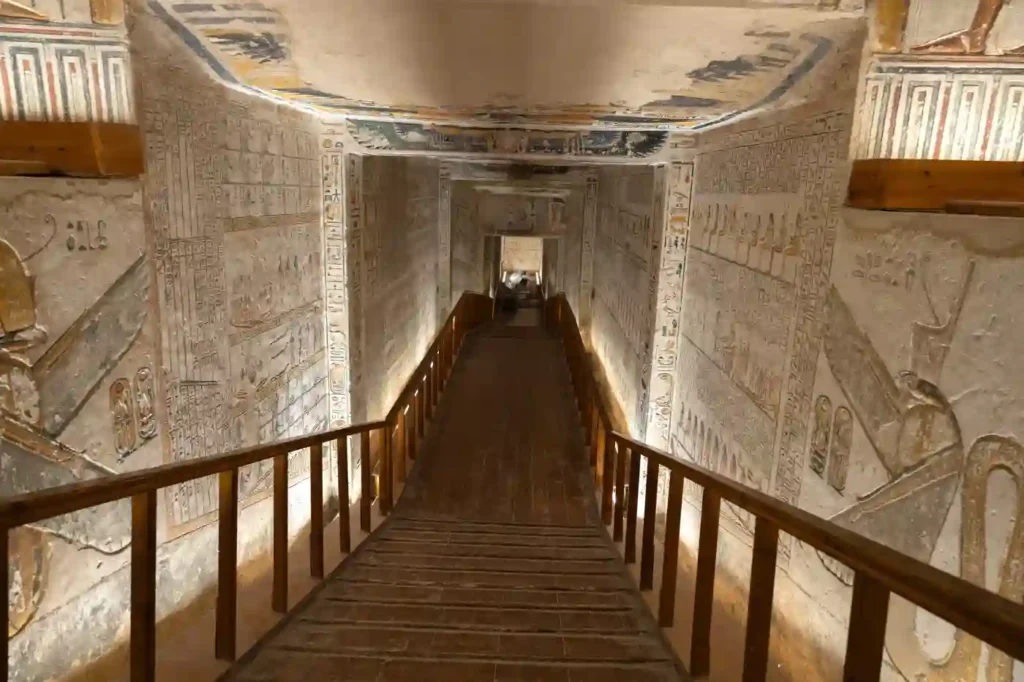
5. The Archaeologists Behind the Discoveries
The Valley’s mysteries didn’t reveal themselves overnight. It took centuries of exploration, ambition, and sometimes obsession.
Giovanni Belzoni, an Italian explorer in the early 1800s, was one of the first to clear tombs like Seti I’s, marveling at their beauty. Later came Howard Carter, whose meticulous work set new archaeological standards.
But modern Egyptologists, such as Dr. Kent Weeks, continue to reshape our understanding. Weeks rediscovered KV5, the tomb of Ramses II’s sons — once thought insignificant, now known as one of the grandest in Egypt.
Ongoing studies use ground-penetrating radar and 3D scanning to map yet-unopened chambers, hinting that new tombs may still lie beneath the limestone. The ancient Egypt Valley of the Kings remains an active, living archaeological site — far from finished.
6. What Secrets Still Lie Buried Beneath the Sand?
Even today, the Valley guards secrets that challenge the imagination.
Several tombs remain unexplored or restricted due to fragile conditions. Others are known only through fragments — like KV64 and KV65, discovered in the 21st century, both still under study.
Archaeologists suspect there could be undiscovered royal burials, possibly belonging to Queen Nefertiti or Ankhesenamun, Tutankhamun’s wife. Though unconfirmed, the possibility continues to ignite excitement worldwide.
Every layer of sand removed reveals not just objects — but new insights into Egypt’s spiritual beliefs, engineering brilliance, and timeless quest for eternity.
7. Life and Labor: The Workers of Deir el-Medina
Behind the glory of pharaohs stood the skilled hands of hundreds of artists, masons, and painters who lived in Deir el-Medina, a purpose-built village near the Valley.
These artisans were not slaves but highly respected craftsmen. Their tombs, found nearby, show loving family scenes, musical gatherings, and detailed depictions of their tools — a window into everyday life during the New Kingdom.
Remarkably, records written on limestone fragments known as ostraca reveal their daily routines — wages, absences, even labor strikes (the world’s first recorded one!).
Their precision and devotion shaped the masterpieces that continue to awe visitors today — another human story woven into the grand narrative of the ancient Egypt Valley of the Kings.
8. The Colors of Eternity: Art and Symbolism in the Tombs
Walking through the Valley’s tombs feels like entering a celestial gallery. Every symbol, color, and figure had meaning.
- Blue and gold represented divinity and eternal life.
- Scarabs symbolized rebirth.
- The sun god Ra guided the king through the twelve hours of night toward dawn.
Even ceiling designs were astronomical — aligning with star constellations, reflecting Egypt’s advanced understanding of the cosmos.
Today, restoration teams use cutting-edge technology to preserve these pigments, which have survived more than 3,000 years. Each preserved detail is a conversation across time — between modern visitors and ancient artists.
9. How to Experience the Valley Like an Expert
Most visitors to the Valley of the Kings follow the same crowded routes. But those who travel with Turquoise Dahabiya enjoy a more thoughtful, insider experience — combining comfort, timing, and expert guidance.
Our private tours include:
- Early access visits — before the crowds arrive, allowing quiet exploration.
- Special entry tombs — such as Seti I or Tutankhamun, with limited visitors.
- Expert Egyptologist guides — who bring each wall painting to life with vivid storytelling.
- Custom itineraries — paired with elegant Dahabiya sailing between Luxor and Aswan.
This approach transforms sightseeing into storytelling — connecting you emotionally to Egypt’s past while savoring its present-day beauty.
Ask about our exclusive 3-night “Valley of the Kings Experience” tour — available only through Turquoise Dahabiya.
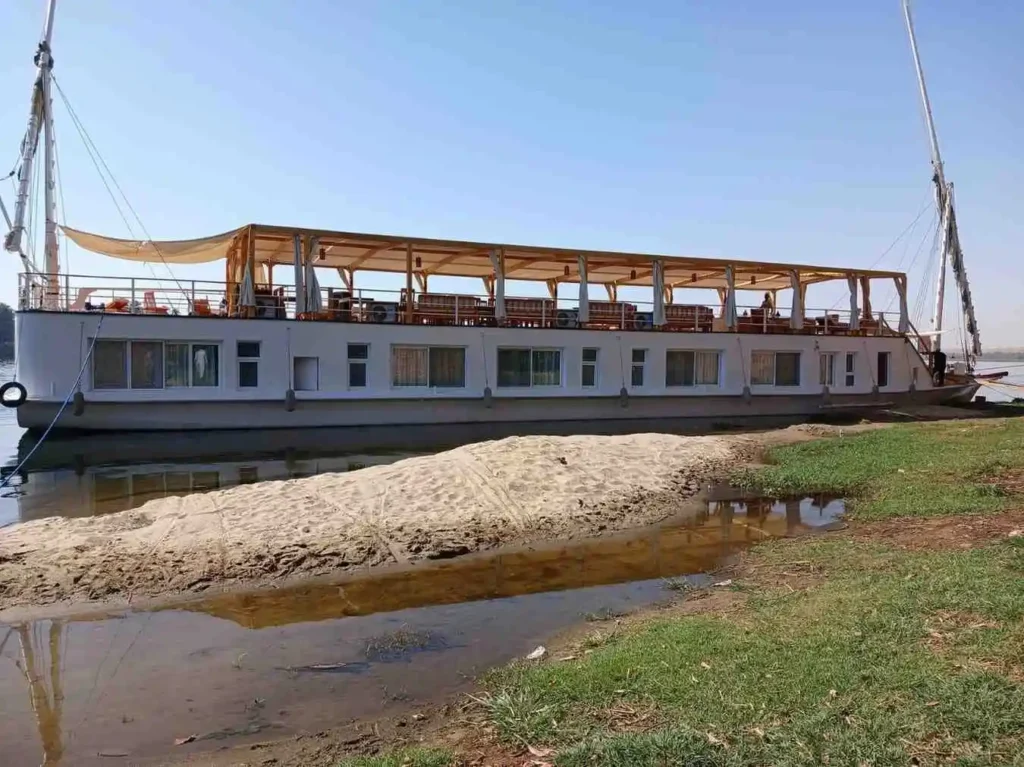
10. The Eternal Allure of the Ancient Egypt Valley of the Kings
Why does the Valley continue to enchant?
Because it represents everything humanity longs for — mystery, immortality, and the beauty of what endures.
Each step through the Valley feels like walking alongside time itself. You’re not just looking at ancient tombs — you’re standing in the heart of a civilization that mastered the art of eternity.
And as you sail back toward Luxor aboard Turquoise Dahabiya, watching the sun descend behind the Theban hills, you realize that the magic of ancient Egypt isn’t confined to museums or myths — it’s right here, flowing beside the Nile.
Discover the Valley of the Kings with Turquoise Dahabiya — where every journey uncovers a story 3,000 years in the making. Join our 4-night Nile cruise and witness Egypt’s royal wonders in comfort and style.
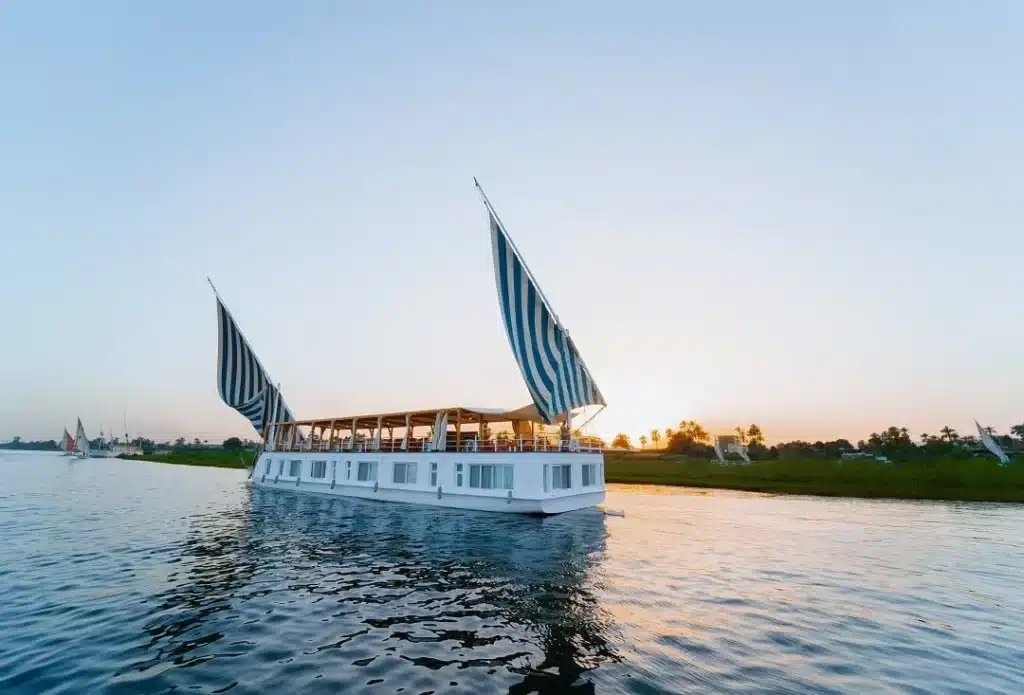
FAQ: Ancient Egypt Valley of the King
Q1. What is the Valley of the Kings?
The Valley of the Kings is the royal burial ground of Egypt’s New Kingdom pharaohs near Luxor. It holds over sixty tombs, including Tutankhamun’s, carved into cliffs to ensure eternal life, showcasing Egypt’s ancient artistry and belief in the afterlife.
Q2. Which tombs are open to the public?
About 10 to 12 tombs are open to visitors at a time, rotating to prevent damage. The most popular ones include Tutankhamun, Seti I, and Ramses IV. Some require extra tickets, and guided tours reveal both famous and hidden royal tombs.
Q3. How old are the tombs in the Valley of the Kings?
The tombs date back over 3,000 years, from 1550 to 1070 BCE, during Egypt’s New Kingdom. Built for pharaohs like Ramses and Seti I, many still display vivid wall paintings that reveal the spiritual and artistic life of ancient Egypt.
Q4. Who discovered Tutankhamun’s tomb?
British archaeologist Howard Carter discovered Tutankhamun’s tomb in 1922. Found almost intact, it contained over 5,000 treasures that revealed incredible details about Egypt’s royal history and made it one of archaeology’s most legendary discoveries.
Q5. Can new tombs still be found today?
Yes, new discoveries continue in the Valley of the Kings. Modern radar scans suggest hidden chambers, and recent finds like KV64 and KV65 prove the area still holds secrets waiting to be uncovered beneath the desert sands.




